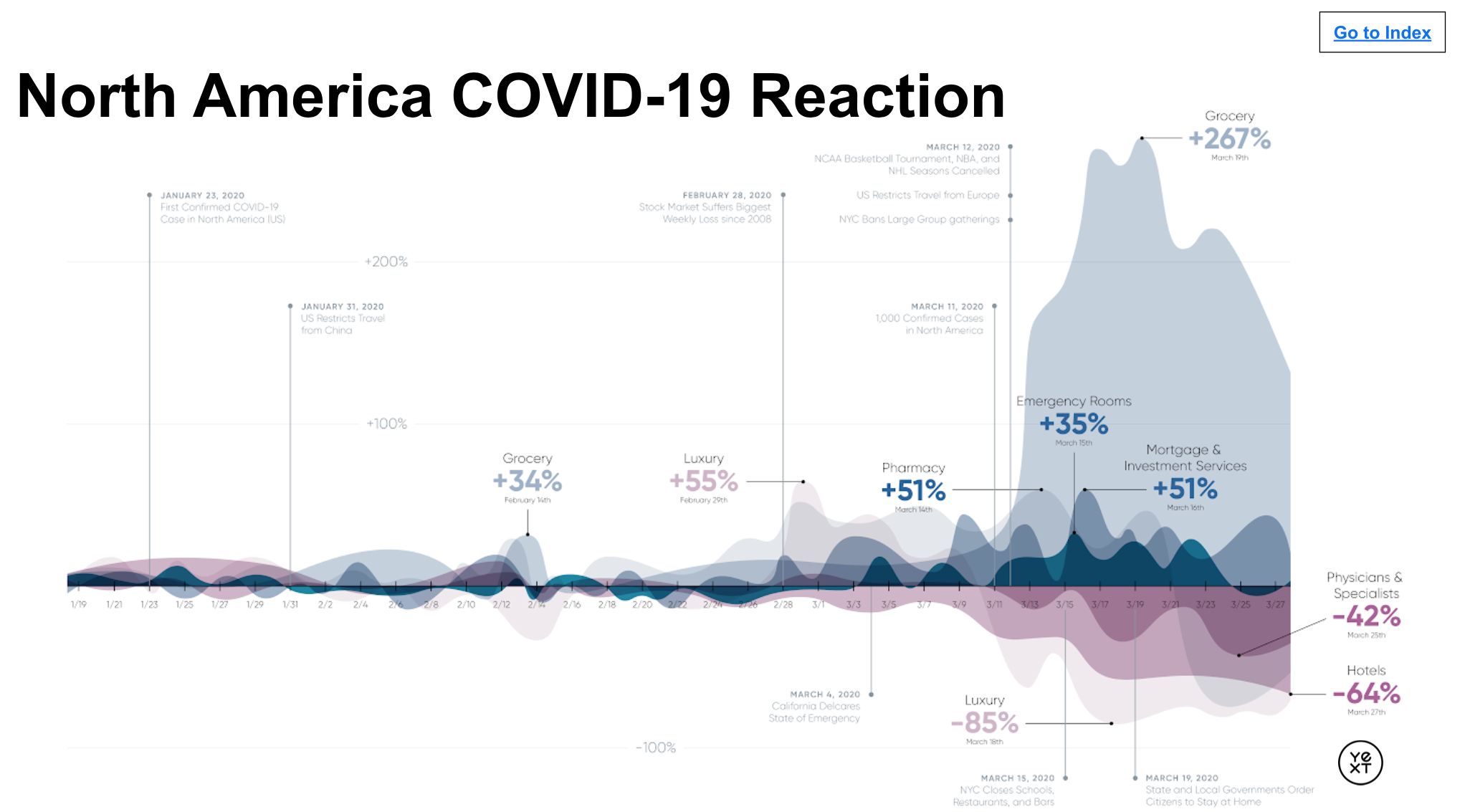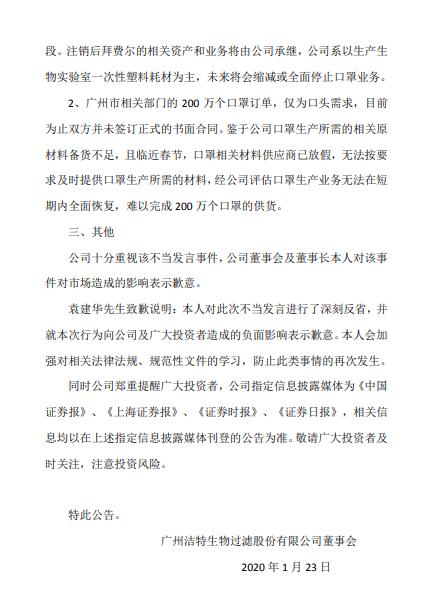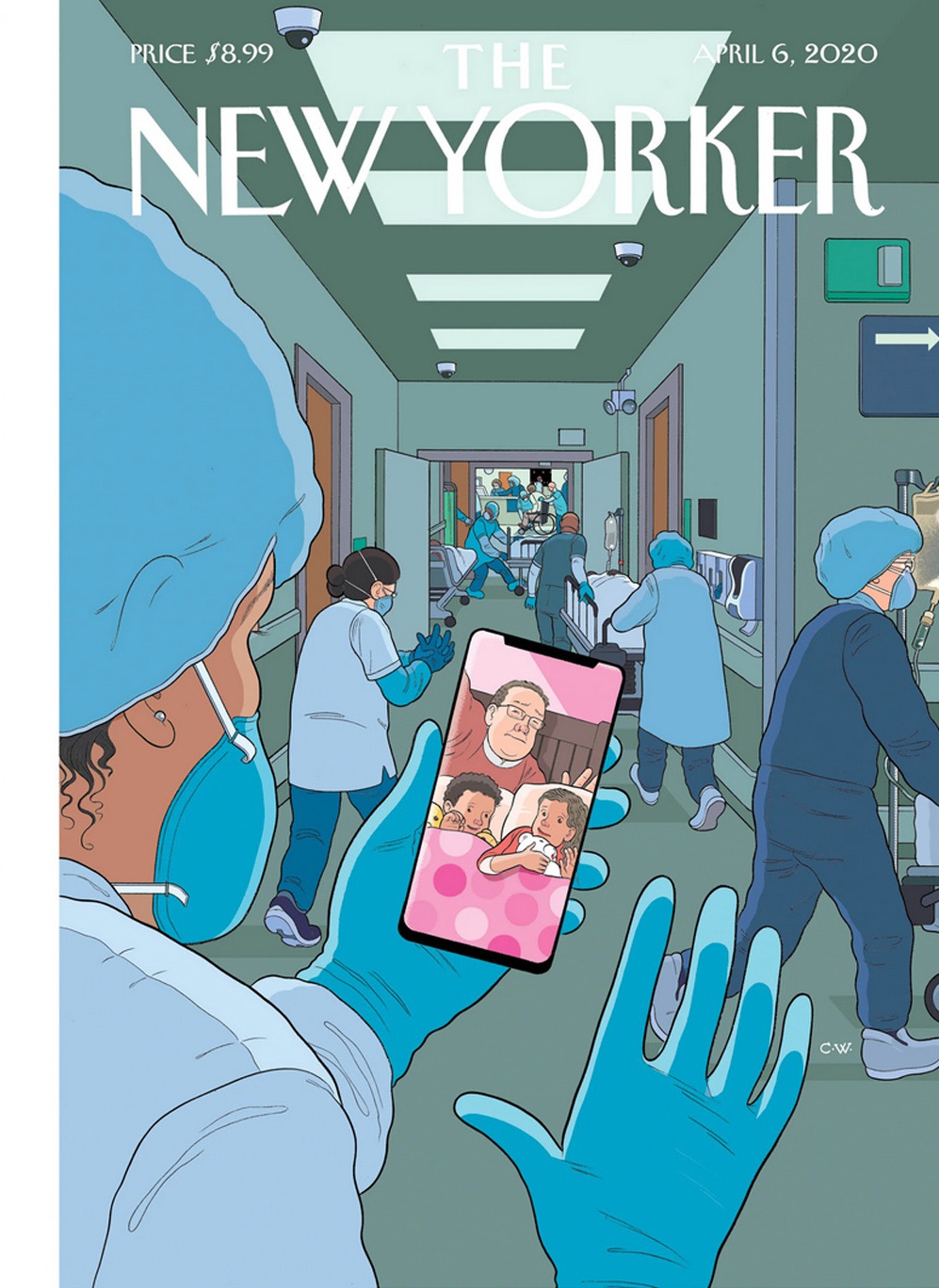The COVID-19 pandemic, officially declared a global health emergency by the World Health Organization (WHO) on January 30, 2020, has reshaped the world in ways that will be felt for years to come. This unprecedented health crisis has not only posed a significant threat to public health but has also had far-reaching consequences on economies, social structures, and daily life worldwide. This article delves into the latest developments, vaccine rollouts, and the economic impact of the COVID-19 pandemic.
Global Case Surge and Variants Emergence
As of early 2023, the pandemic continues to wreak havoc across the globe, with new variants emerging periodically. The highly transmissible Omicron variant, first detected in November 2021, has been the most recent cause for concern due to its ability to evade some immune responses. While initially causing a surge in cases worldwide, subsequent studies suggest that while highly infectious, Omicron is less severe than previous variants in terms of hospitalization rates. However, this does not diminish the importance of continued vaccination and adherence to public health measures.
Vaccine Rollouts and Their Impact
The race for a COVID-19 vaccine has been a crucial turning point in the pandemic's trajectory. In December 2020, Pfizer-BioNTech and Moderna's vaccines were approved for emergency use, marking a significant milestone in the fight against the virus. Since then, multiple vaccines have been developed and approved by various regulatory bodies worldwide, including those produced by AstraZeneca, Johnson & Johnson, Novavax, and Sinopharm.
Vaccine rollouts have been heterogeneous across countries due to factors such as access to resources, manufacturing capacity, and political will. Developed nations have administered vaccines at a faster pace than developing countries, leading to disparities in vaccination rates globally. The World Health Organization's COVAX facility aims to ensure equitable access to vaccines for all countries but faces challenges in meeting its targets due to supply constraints and logistical issues.
The vaccination drive has significantly reduced the severity of the pandemic in many countries. Vaccinated populations have experienced lower infection rates, hospitalizations, and deaths. However, the emergence of variants highlights the need for continued vaccination efforts and the potential for booster shots or updated vaccines targeting new variants.
Economic Impact: A Global Perspective
The economic impact of the COVID-19 pandemic has been profound and multifaceted. The International Monetary Fund (IMF) estimates that the pandemic will cause a global contraction of 3.3% in 2020, followed by a gradual recovery with an estimated 5.9% growth in 2021. However, these projections are subject to change based on future developments of the pandemic and policy responses.
1. Job Losses and Unemployment
Business closures and restrictions on movement have led to massive job losses and unemployment across sectors. The tourism, hospitality, and aviation industries have been particularly hard hit. In the United States, for instance, the unemployment rate surged to 14.8% in April 2020, the highest since the Great Depression. While it has since declined, it remains elevated compared to pre-pandemic levels. In developing countries, where informal sectors are more prevalent, the impact has been even more severe with millions pushed into poverty due to loss of income sources.
2. Economic Recovery Efforts
Governments and central banks have implemented various measures to cushion the economic blow and facilitate a smooth recovery. These include fiscal stimulus packages, interest rate cuts, and direct payments to households and businesses. The United States' Coronavirus Aid, Relief, and Economic Security (CARES) Act is a notable example of a massive fiscal stimulus package aimed at supporting job retention, increasing liquidity in financial markets, and providing direct aid to individuals.
3. Digital Transformation and Remote Work
The pandemic has accelerated the digital transformation globally, with many businesses adopting remote work arrangements to ensure continuity of operations while adhering to social distancing guidelines. This shift has led to an increase in demand for technology infrastructure, such as high-speed internet connections and cloud-based services. It has also reshaped the job market with new opportunities emerging in fields like digital marketing, e-commerce, and data analytics. However, it has also widened the digital divide between those with access to technology and those without, exacerbating inequality.
4. Supply Chain Disruptions
The pandemic has disrupted global supply chains, leading to shortages of essential goods like medical equipment and consumer products. Factory closures due to outbreaks among workers and transportation disruptions have caused delays and disruptions in the delivery of goods worldwide. This has led to price hikes for some goods and services as well as increased uncertainty for businesses trying to plan their operations amidst constant changes in logistics arrangements.
5. Long-Term Economic Scars
Even as economies gradually recover from the immediate shocks of the pandemic, its long-term economic scars remain visible. Small businesses continue to struggle with debt accumulation and reduced customer demand post-pandemic. The tourism sector faces an uncertain future with travel restrictions still in place in several countries and consumers' hesitancy to travel due to health concerns or financial constraints. Additionally
转载请注明来自爬爬百科,本文标题:《COVID-19疫情,全球最新动态、疫苗接种进展及对经济的影响》












 京ICP备11000001号
京ICP备11000001号
还没有评论,来说两句吧...